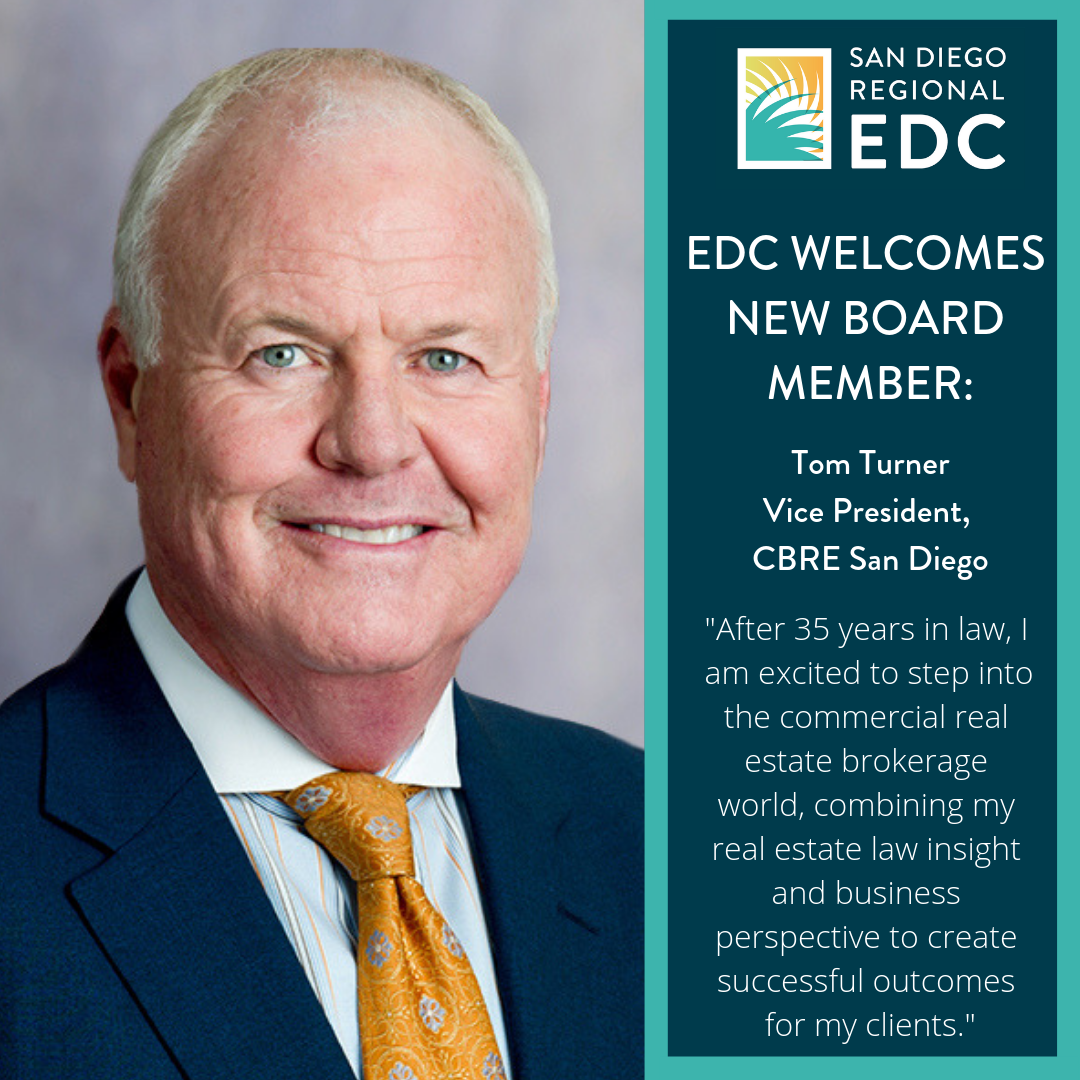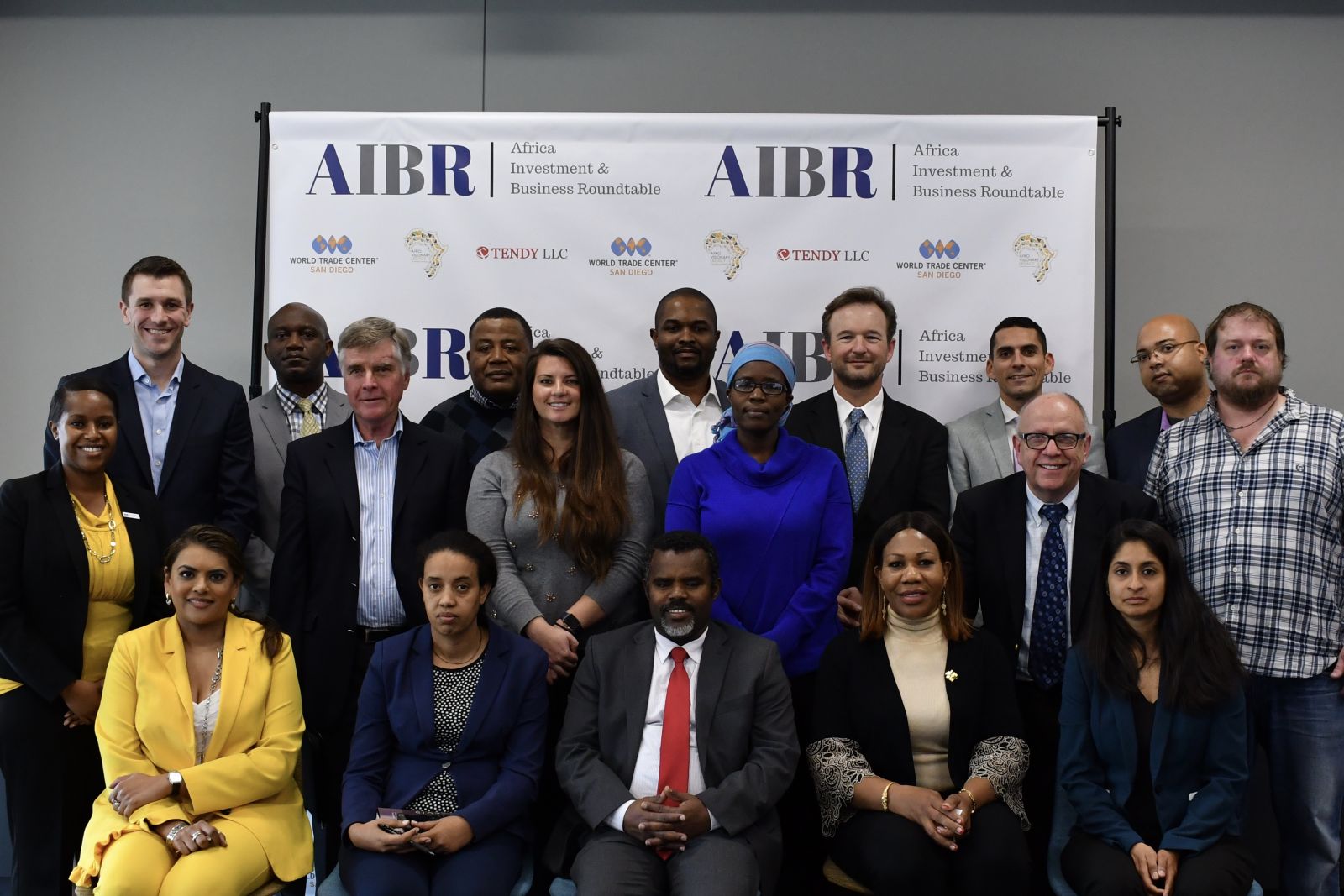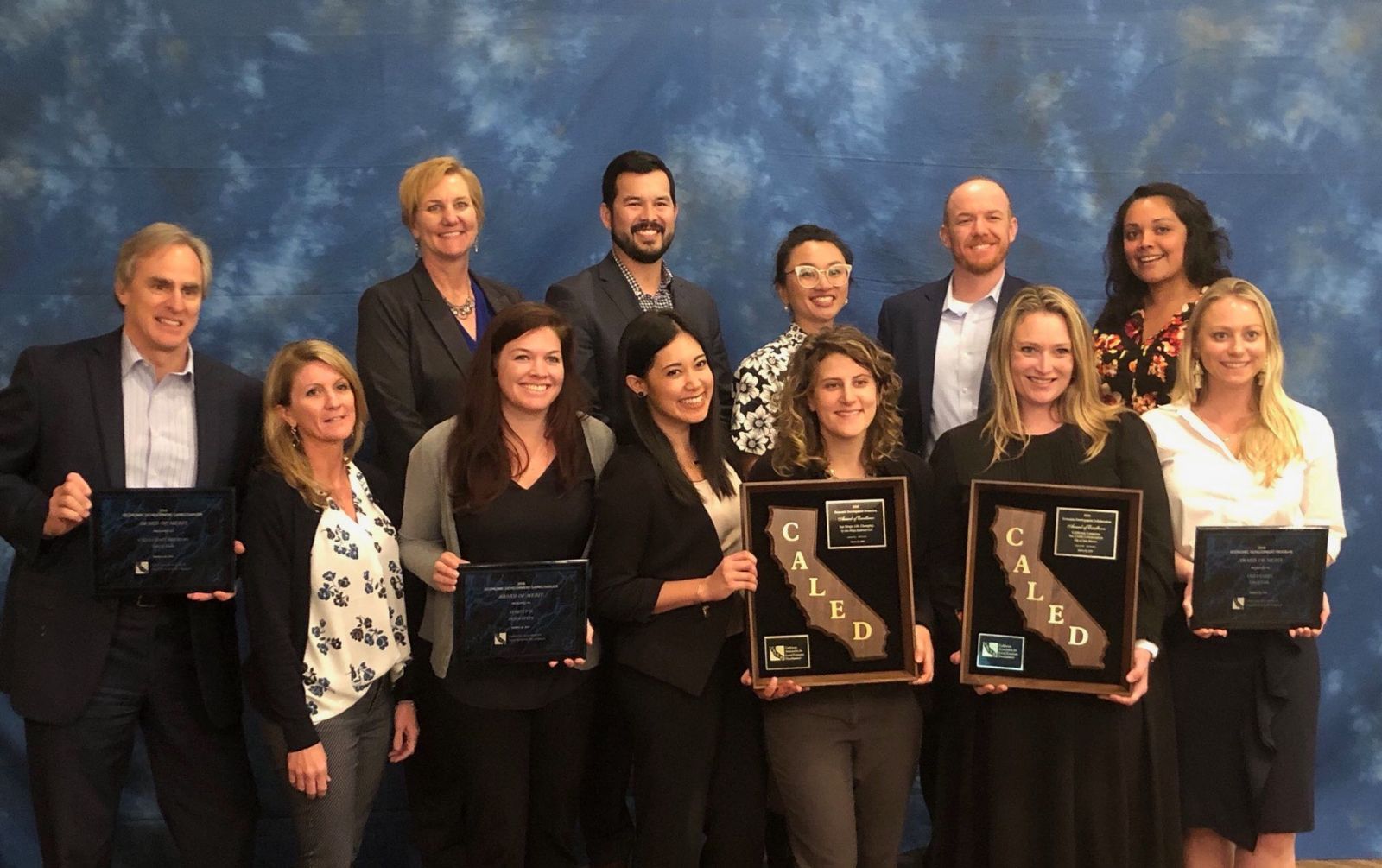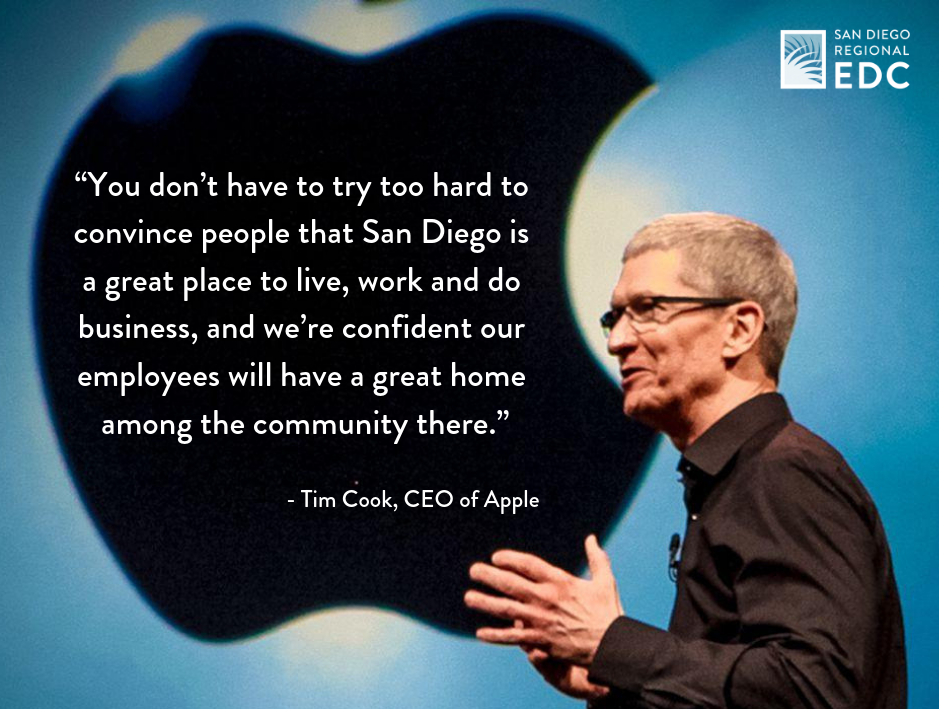 With the largest concentration of military assets in the world and the largest federal military workforce in the country, San Diego has the third highest population of veterans in the United States.
With the largest concentration of military assets in the world and the largest federal military workforce in the country, San Diego has the third highest population of veterans in the United States.
Each year, more than 20,000 Sailors and Marines stationed in San Diego leave military service. A third of these individuals, who are often highly trained, team oriented, and hardworking, are expected to stay in the San Diego community when transitioning to civilian life. However, adjusting to life outside the military structure and regime comes with its own challenges. According to the National Veterans Transition Service Inc. (NVTSI), 81 percent of transitioning military personnel do not feel fully prepared for the process of entering the job market.
With such high volume of transitioning military personnel comes countless local support services for veterans. Navigating the programs and resources can be a daunting process that leaves many feeling discouraged. Now in its fourth year, the Military Transition Conference, hosted at USD in partnership with EDC, was created to provide a holistic, fresh perspective on the transition experience through the lens of education. Content focused on translating military experience into skills and knowledge applicable to a wide variety of industries, and addressed key questions military personnel and veterans have around educational benefits, job hunting, and more.
More than 40 veterans and their dependents received personalized coaching on how to continue meaningful work in San Diego. The day kicked off with a keynote address by Justin McAnear, former exec of J&J, Apple, and Tesla, Naval Academy grad, navy aviator, with an MBA from USD. Following the keynote were a series of breakout sessions where participants could get their resumes reviewed, speak one-on-one with industry representatives, or get coached on job search strategies. Finally, a panel of accomplished veterans from Petco, Intuit, Cubic, and Teradata wrapped up the conference by sharing their honest transition stories and how they ended up in successful careers across tech, law, and retail.
Supporting our veterans in San Diego means expanding access to education, training, and opportunities that catalyze a smooth transition. Representing nearly 10 percent of San Diego’s population, veterans are an important pool of talent helping drive San Diego’s economic success. EDC will continue to support the veteran ecosystem by elevating local opportunities for transitioning military.
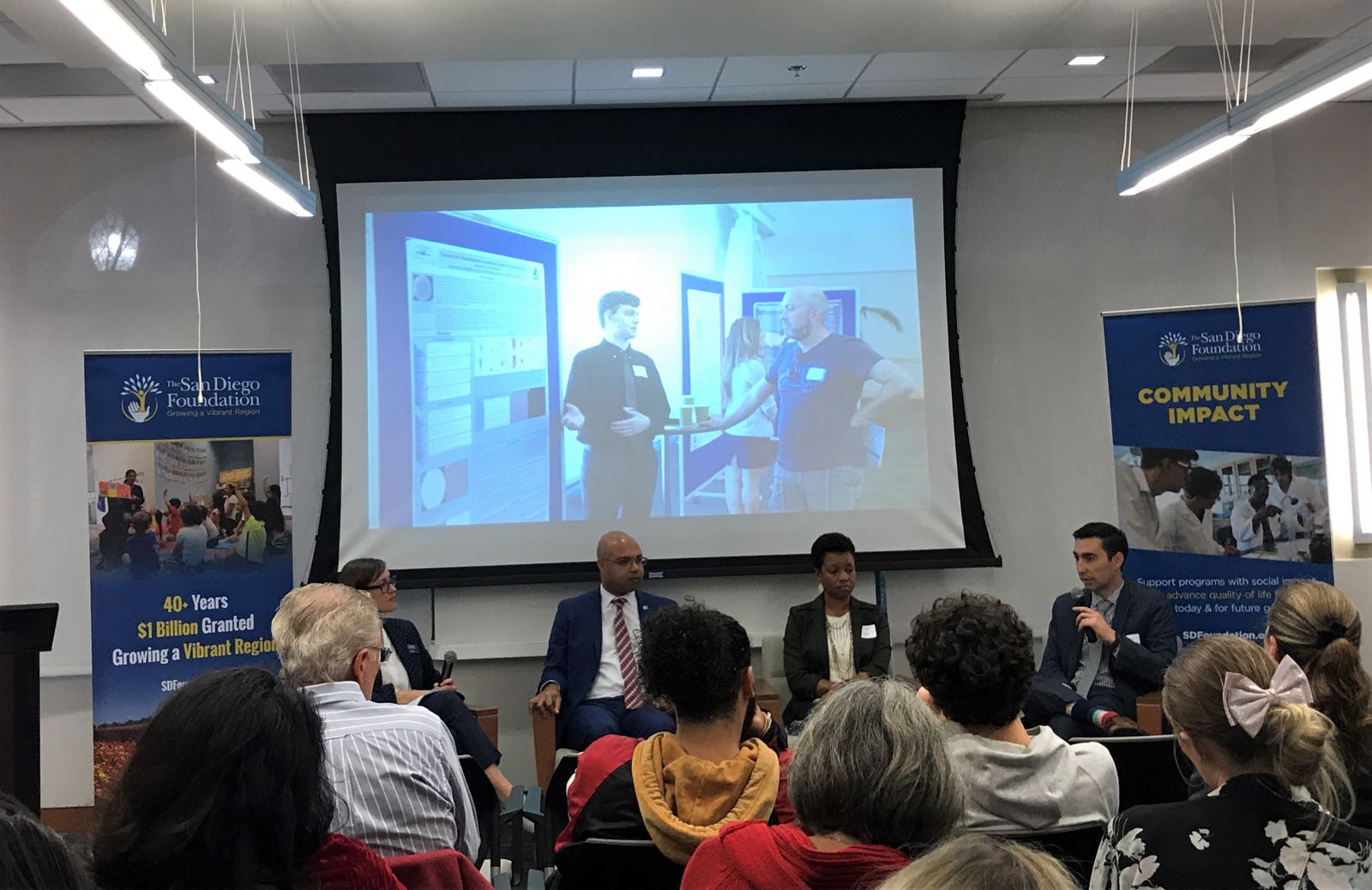 In February 2019, EDC supported
In February 2019, EDC supported  From
From 

